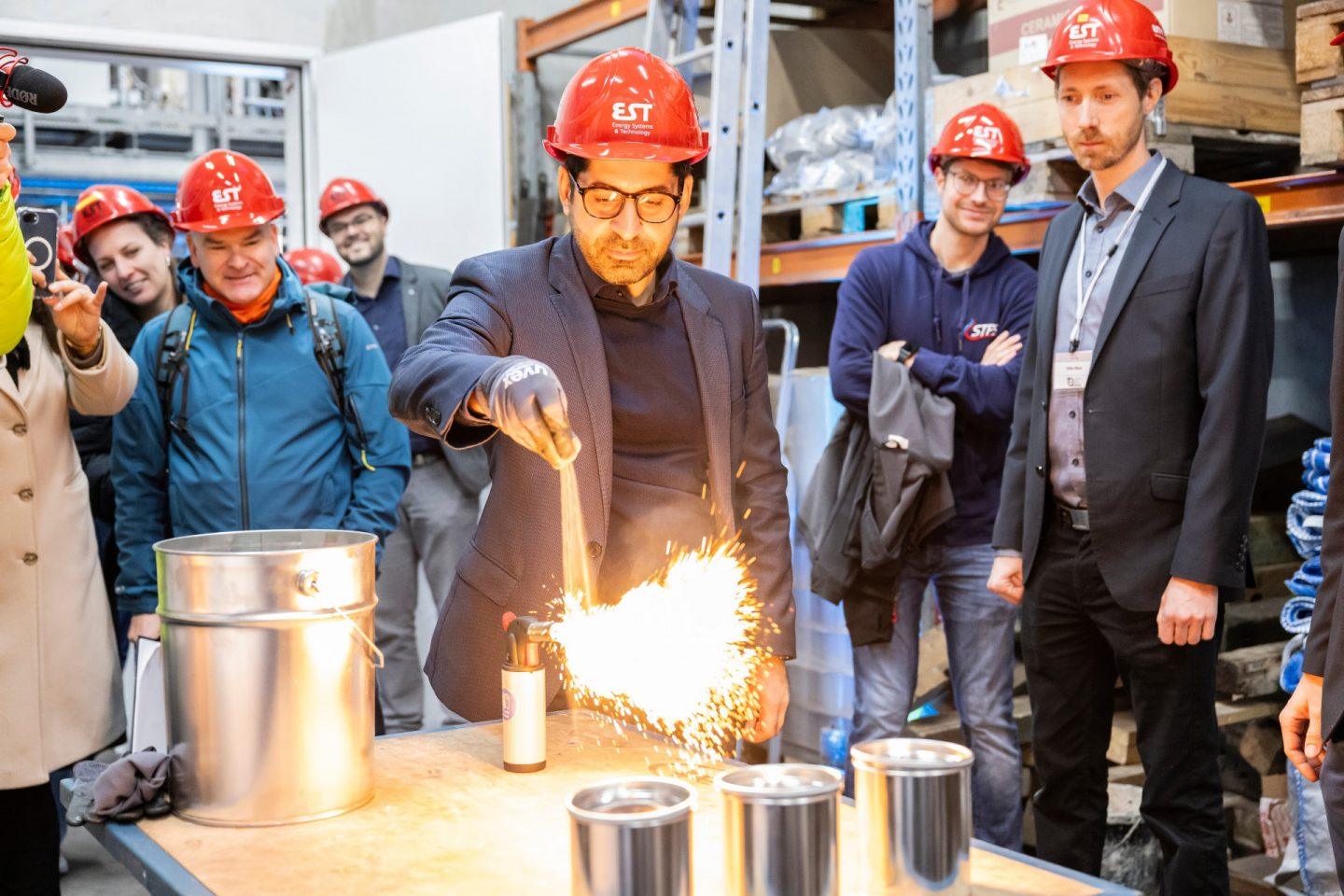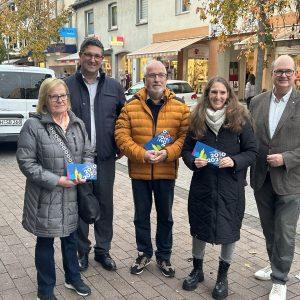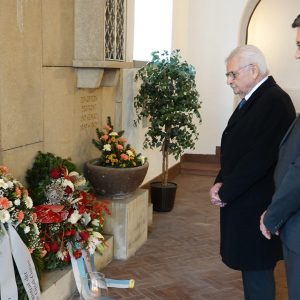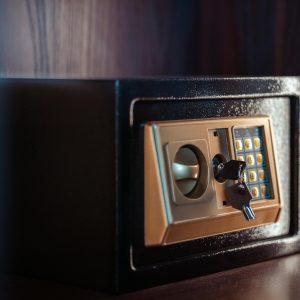ADVERTISING
New research center develops metallic energy storage devices as a solution for long-term storage
As TU Darmstadt announced, Metal Energy Hub (MEH) was opened on November 14th on the Lichtwiese campus . The center will consolidate research on metallic energy carriers – a promising approach to storing renewable energies safely, sustainably, and without CO₂ emissions. The EU and the state of Hesse are funding the project with three million euros. Hesse's Minister of Economic Affairs, Kaweh Mansoori, visited the university to present the funding notification.
Metallic energy carriers as long-term storage
The MEH project addresses a key challenge of the energy transition: storing large quantities of renewable energy seasonally. Since batteries and pumped storage are insufficient for this purpose, the researchers are focusing on iron powder as a chemical energy storage medium . It can be stored safely, without loss, and over long periods, and is easy to transport.
A new pilot plant has reached a semi-industrial scale : it burns several hundred kilograms of iron powder per hour, generating up to one megawatt – completely CO₂-free. This technology could transform former coal-fired power plants into CO₂-free iron-based power plants and make existing infrastructure usable in a climate-neutral way.
Research, transfer and industrial application
“Especially during the energy transition, it is important to closely link research and knowledge transfer,” emphasizes Professor Thomas Walther, Vice President for Innovation and International Affairs. The Metal Energy Hub demonstrates how “research strength and exchange go hand in hand.”
Project coordinator Professor Christian Hasse refers to the previous research project Clean Circles . With MEH, a platform is now being created to further develop metallic energy carriers for industrial application – together with partners from science, industry and politics.
Technology manager Marius Schmidt emphasizes that the pilot plant demonstrates how metallic energy carriers can function in an industrial environment. The goal is to accelerate marketable solutions and prepare for a potential spin-off company.
Several disciplines from engineering and natural sciences, as well as Professor Michèle Knodt from the Institute of Political Science, are involved in the MEH project. Together, they aim to investigate and further develop the technical, economic, and political aspects of the technology.
Iron as a CO₂-free energy cycle
Iron powder can be burned, releasing heat and turning into iron oxide. Through electrolysis or green hydrogen, it can be reduced back to iron – a closed, low-loss cycle that has no self-discharge and can be repeated indefinitely. This allows surplus summer electricity to be used for winter applications.
(Darmstadt - Red/TU)
Featured image: For environmentally friendly energy storage: TU Darmstadt is now consolidating its research activities on metallic energy carriers in a newly founded Metal Energy Hub (MEH). The center, which opened on November 14, 2025, on the Lichtwiese campus, is being funded with three million euros by the state of Hesse and the EU. Hesse's Minister of Economic Affairs, Kaweh Mansoori, visited TU Darmstadt for the official handover of the funding notification and the launch of a pilot plant.
The Metal Energy Hub will develop metal-based energy storage systems as an innovative solution to Germany's so-called long-term energy storage problem. This problem arises because renewable energy sources require massive storage capacities, and existing solutions such as batteries and pumped storage are insufficient for seasonal storage over extended periods. The Darmstadt researchers are therefore focusing on metals as chemical energy carriers. Pictured: Hesse's Minister of Economic Affairs, Kaweh Mansoori, is shown the combustion of iron powder. Photo: Klaus Mai











